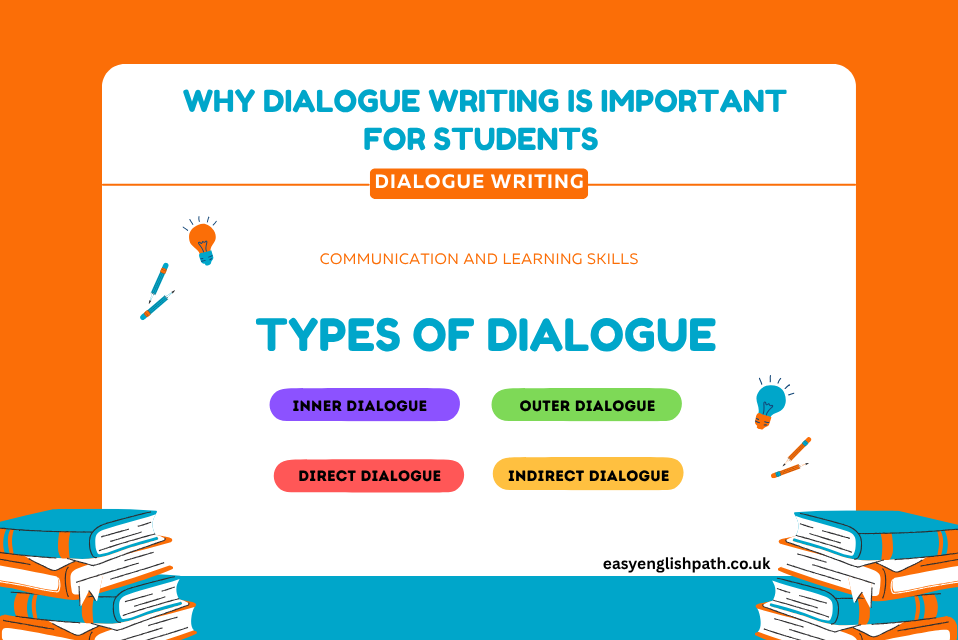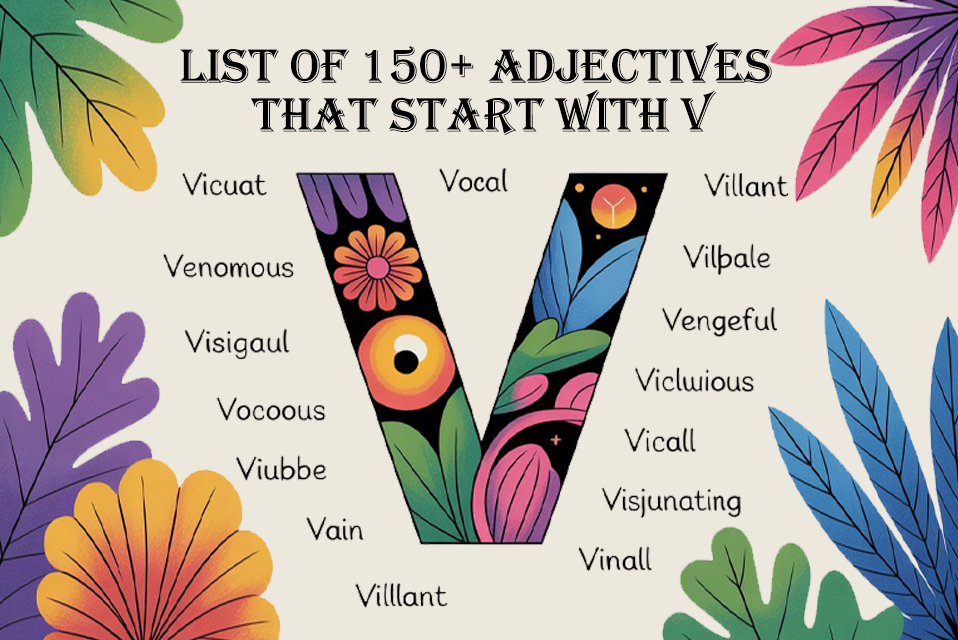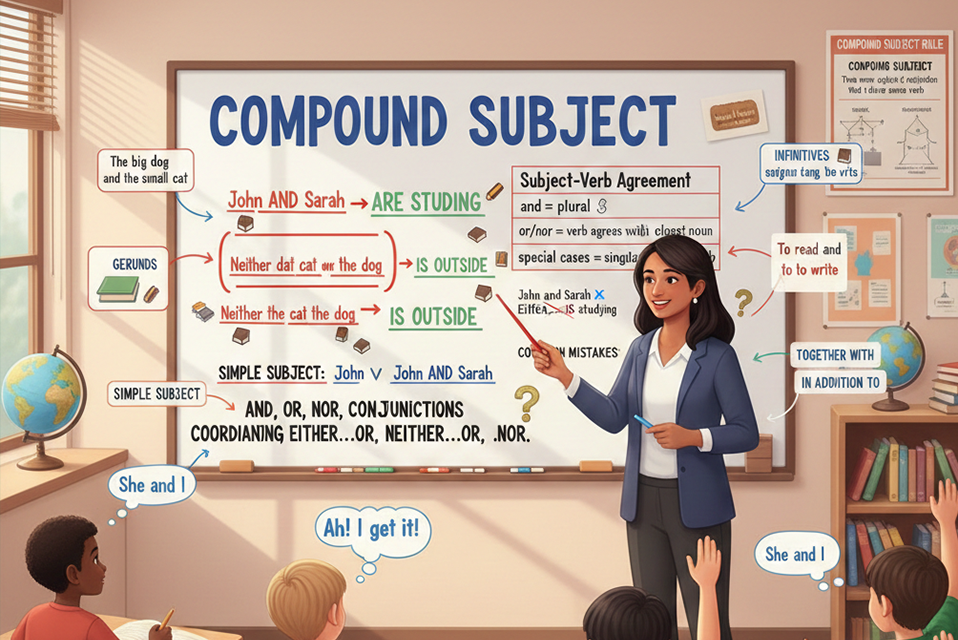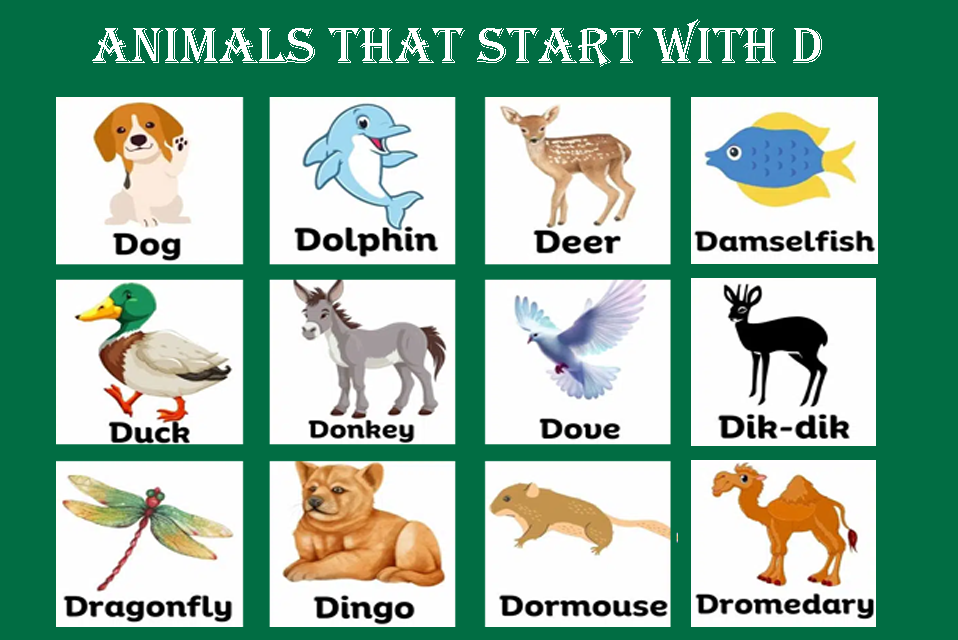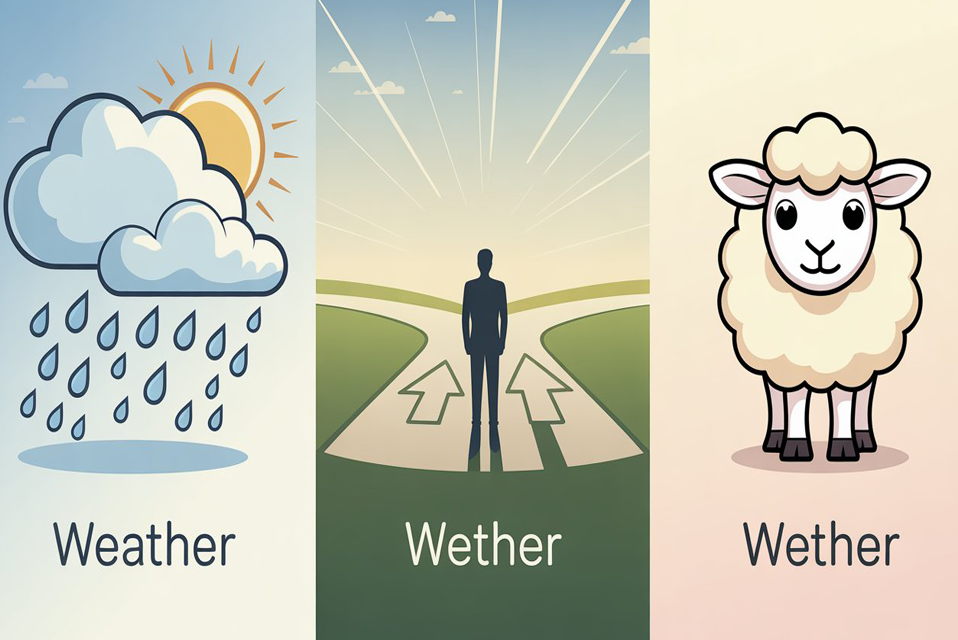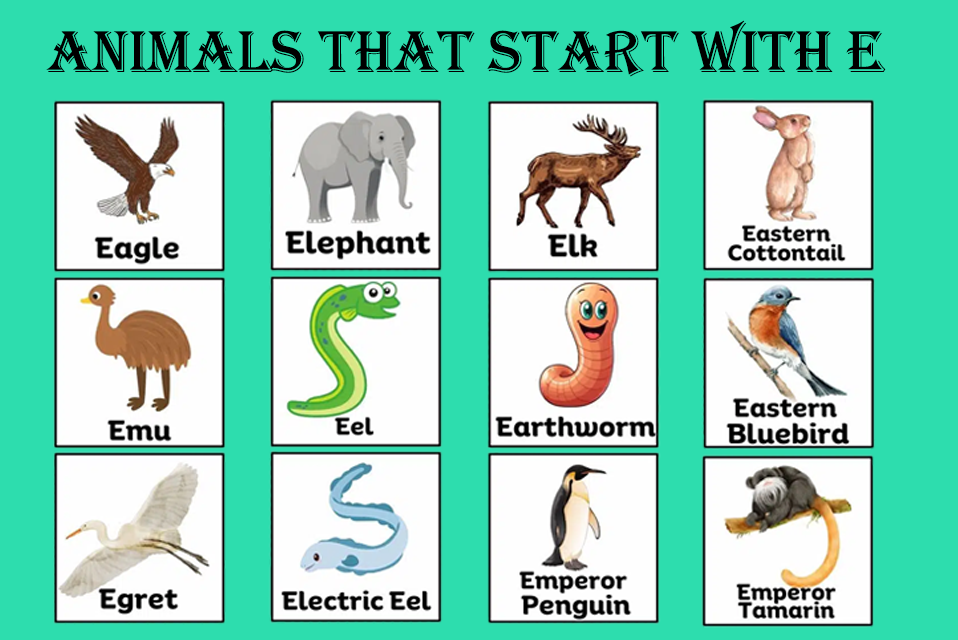Dialogue writing is more than just putting words in quotation marks; it’s a vital communication skill that helps students enhance creativity, storytelling, and language proficiency. Whether used in fiction, drama, or everyday communication exercises, dialogue enables learners to better understand how people express themselves in real-life situations. To improve conversational skills and practice realistic exchanges, explore our guide on practice English dialogues.
It is a powerful skill that students need to develop to enhance their communication, creativity, and understanding of language. It teaches students how to express ideas naturally and clearly by building strong grammar foundations, such as mastering simple verb tenses, simulate real-life conversations, sharpen their thinking, and improve storytelling abilities.
What is Dialogue Writing?
Dialogue writing is the craft of presenting a conversation between two or more characters. It’s used to:
- Convey thoughts, emotions, and relationships
- Move a narrative forward
- Create realism in both fiction and nonfiction writing
Dialogue typically appears within quotation marks and uses speaker tags (e.g., said, replied, asked) to indicate who is talking.
Why Is Dialogue Writing Important for Students?
Dialogue writing offers significant educational benefits. It teaches students how to:
- Express ideas naturally using conversational language
- Develop characters and relationships in storytelling
- Practice formal vs. informal speech depending on the situation
- Strengthen speaking and listening skills through written practice
- Understand tone, subtext, and emotion in communication
- Build fluency in grammar, punctuation, and sentence structure
For example, writing a conversation between a student and a teacher helps learners practice politeness strategies and modal verbs (“Could you help me…?”).
The Five Core Purposes of Dialogue in Writing
1. Character Development
Dialogue reveals how characters feel, think, and relate to others through their tone, word choice, and behavior.
2. Advancing the Plot
Conversations can introduce conflicts, goals, or turning points.
3. Creating Tension and Drama
A disagreement or awkward silence can heighten suspense.
4. Providing Background Information
Characters can reveal context in a natural way (“Remember what happened at last year’s fair?”).
5. Establishing Mood and Tone
A humorous chat vs. a somber exchange completely changes the emotional tone of a scene.
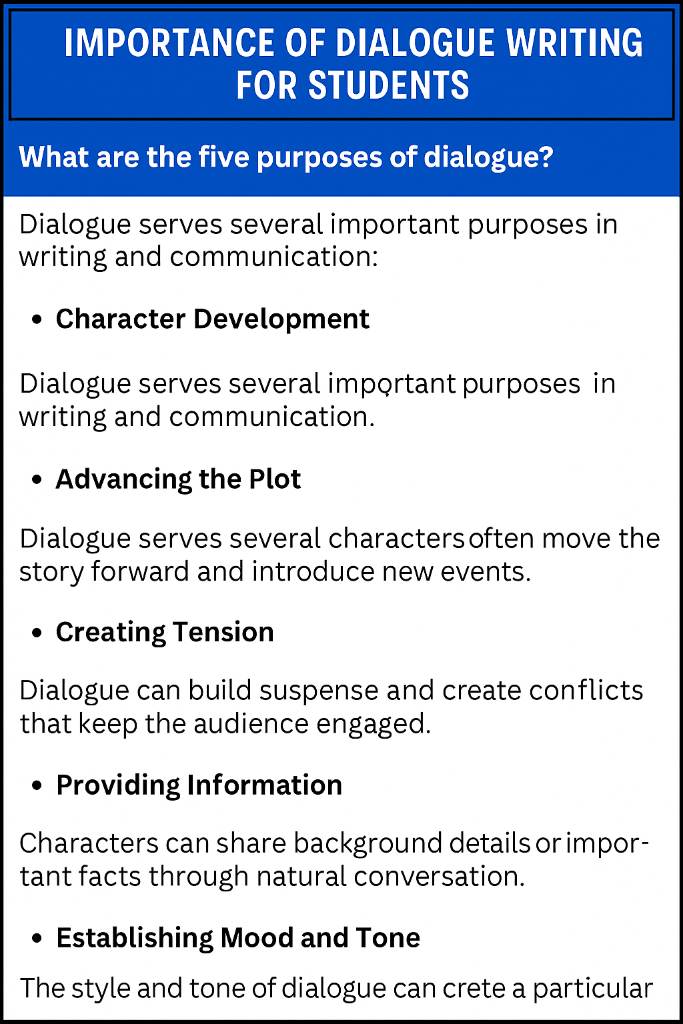
Types of Dialogue
| Type | Description | Example |
| Inner Dialogue | Character’s internal thoughts | “I can’t believe I forgot my lines,” she thought. |
| Outer Dialogue | Spoken exchange between characters | “Where are you going?” asked Tom. |
| Direct Dialogue | Quoted speech | “I’m late,” she said. |
| Indirect Dialogue | Paraphrased speech | She said she was late. |
Dialogue Writing Format: Rules to Follow
Writing clean, effective dialogue requires these formatting rules:
- Start a new paragraph each time a different character speaks
- Use quotation marks around spoken words
- Place punctuation inside the quotation marks
- Use speaker tags like “said,” “asked,” or “replied” sparingly.
- Avoid long monologues. keep exchanges natural and concise
Basic Example:
- “Are you coming to the library?” asked Sara.
- “Yes, I’ll be there in five minutes,” replied John.
Dialogue Writing Examples
Example 1: Friends Planning a Study Session
Scene: After class
“Have you finished the math assignment?” asked Leo.
“Not yet,” said Emma. “I got stuck on question five. Can we go over it together?”
“Sure! Meet me in the library after lunch.”
“Perfect. I’ll bring my notes.”
Example 2: Teacher Advising a Student
Scene: In the school corridor
“You seem nervous about the exam,” said Mr. Adams.
“I am,” said David. “I don’t think I’m ready.”
“Focus on the core topics and practice with past papers,” the teacher suggested.
“Thank you, sir. I’ll start this evening.”
Example 3: Short Dialogue
Scene: Office lunchtime
Alex: “Hey Jamie, What’s your lunch plan?”
Jamie: “Probably a sandwich. You?”
Alex: “Pizza. Want to join?”
Jamie: “Absolutely. There’s a new place around the corner.”
Educational Value of Dialogue Writing
The Dialogue Method in Teaching
In education, the dialogue method is a tool for active learning. It encourages students to engage in discussions, express viewpoints, and explore multiple perspectives. For a comprehensive overview of dialogic teaching and its impact on learning, explore this guide on dialogic pedagogy.
Educator Paulo Freire emphasized dialogue as a foundation for critical thinking and democratic learning.
Language Learning Benefits
- Builds confidence in second-language learners
- Reinforces grammar through natural usage
- Encourages creativity through scene creation
Final Thoughts
Dialogue writing helps students connect language with real life situations, making learning more meaningful and practical. It strengthens their ability to understand tone, emotion, and meaning, while also improving the use of grammar and vocabulary in fluent communication. By practicing dialogues, learners gain confidence in expressing ideas clearly and effectively. Whether you are a student, teacher, or writer, developing dialogue skills is an important step toward mastering communication. For additional practice, you can also explore resources like 50 sentences of used to that enhance your understanding of sentence structures.
FAQs on the Importance of Dialogue Writing
What is the importance of the dialogue method in education?
The dialogue method encourages active learning through conversation. It helps students engage with topics, think critically, and express ideas clearly. It also fosters collaboration, confidence, and better communication.
What is the importance of dialogue writing?
Dialogue writing builds communication skills, enhances creativity, and improves language proficiency. It trains students to write realistically, think about how people speak, and express complex ideas in simple terms. It strengthens both written and spoken English, making students better communicators overall.
